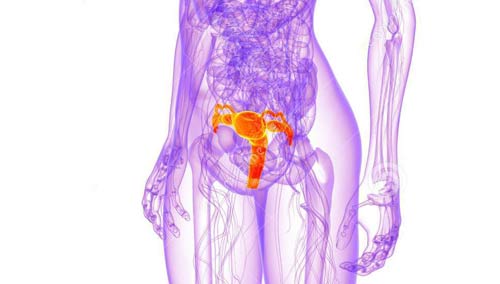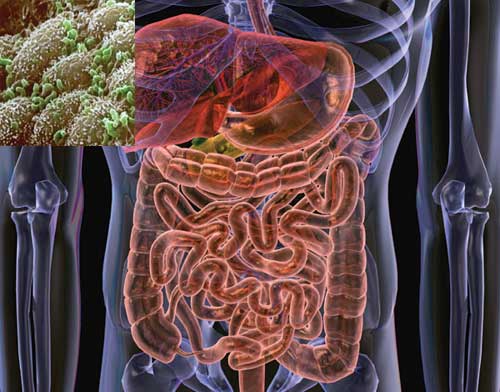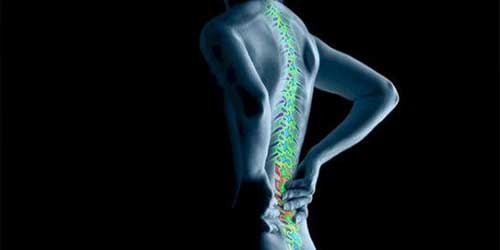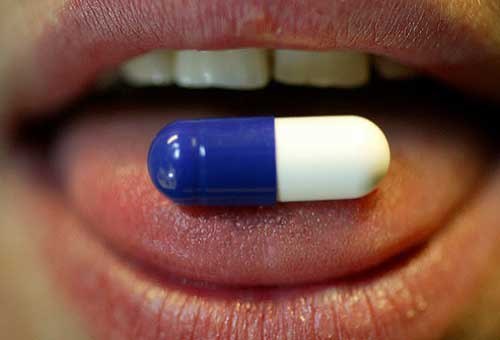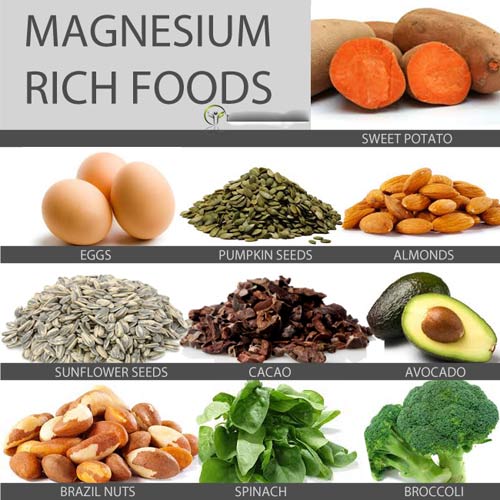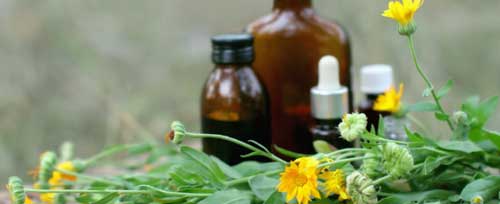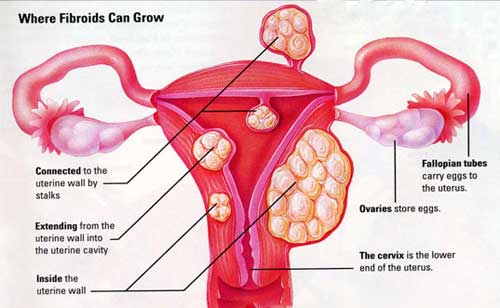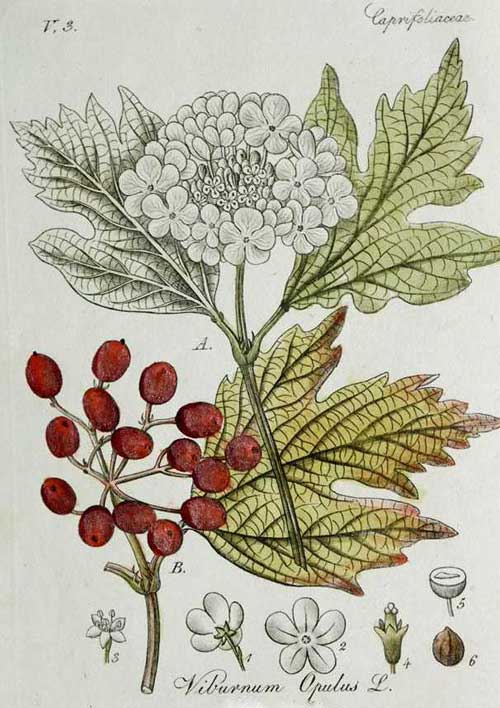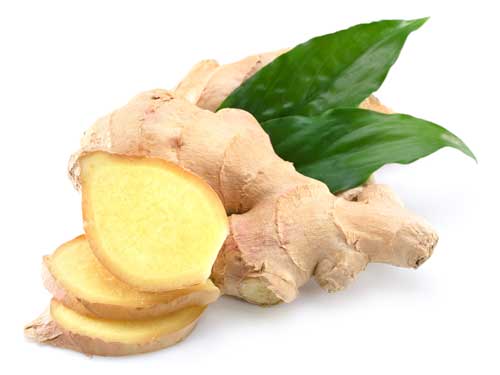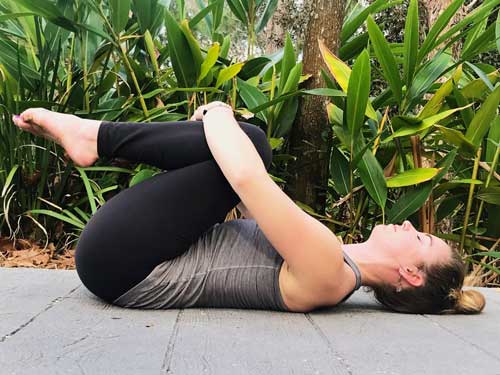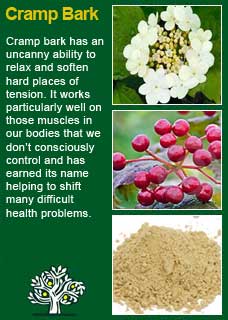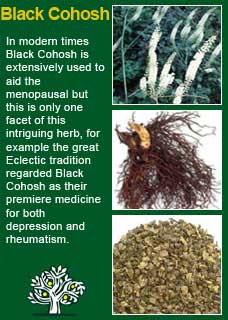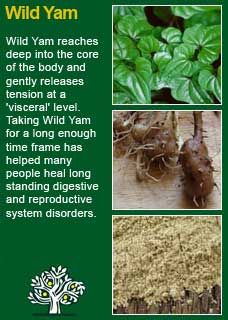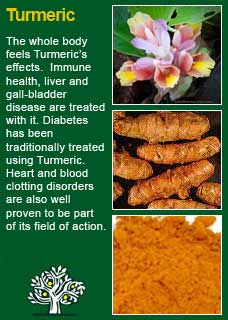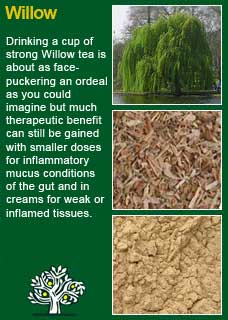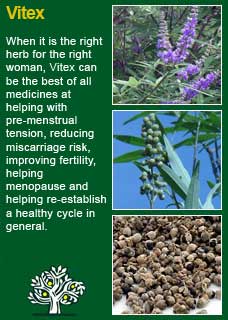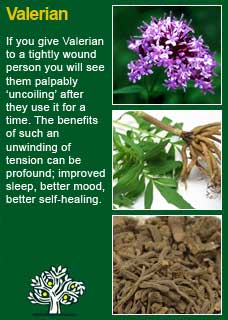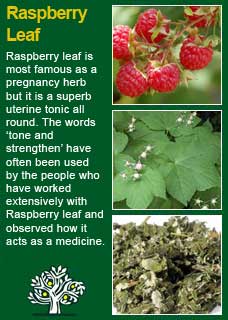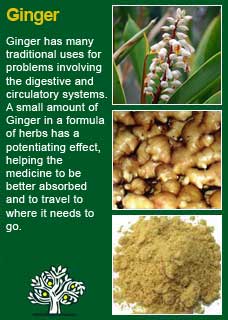
|
|
||
| Our Pages ABOUT CONSTITUTIONAL MEDICINE
|
Note that for some women, menorrhagia, i.e. heavy bleeding with the period, is an issue that needs attention just as much as dysmenorrhoea, and that there is a related article on this found here An especially painful period, also called 'dysmenorrhoea', obviously affects a great many women, often severely. Most of the pain is caused by a lack of oxygen to the tissues, in turn caused by cramping in the uterine muscles These cramps themselves are the result of substances called 'prostaglandins' that occur through hormonal changes that are happening to bring about the period. Prostaglandins are powerful chemicals, in some women they are already in circulation by the time ovulation has occurred and they can be experiencing pain long before their period starts. Changing levels of prostaglandins can also give rise to other symptoms such as headaches, fatigue, nausea or dizzinesss, disturbed bowel function or sensitivity to noise or light. A great many women take pain killing and anti-inflammatory drugs for pain with or before their periods; these drugs work by blocking or changing the signalling of the prostaglandins in some way. In many of these cases, herbal treatments such as Cramp bark, Vitex or Valerian (described later) are seen to work very well, often more effectively than anything they found in pharmaceutical medicine, and they are able to entirely stop using drugs. In other cases, there is a need to continue using at least some conventional pain-killers whilst we work on the underlying causes to gradually reduce the need for drugs. In any instance, there is usually much that can be done to help, and I have described several traditional herbal medicines that are likely to make a positive difference further below, one or more of which any woman with dysmenorrhoea is encouraged to try. Firstly however, and, immediately below, is a list of the most common causes that should be considered in any case of recurrent dysmenorrhoea. One or more of these factors will almost always be involved and, whilst of course it is much harder to treat causes than to take treatments, it is always worth it to try, because the more you attend to a cause of a problem, the more you can eventually cure it...
By no means do all women with dysmenorrhoea have bowel problems but they should always be ruled out as a potential cause as you cannot overestimate how much the health of the bowel can affect other areas of the body. The first condition that should be simple to rule out is constipation. Ideally there should be at least one, and preferably two good bowel motions a day. If not, the first treatment steps should be to improve elimination, something that can almost always be readily achieved, more details on how to treat the main two kinds of constipation are found here A chronic overgrowth of unhealthy micro-organisms in the bowel (known as dysbiosis) is also a common cause of primary dysmenorrhoea, and it can sometimes be one of the leading causes of secondary dysmenorrhoea; endometriosis. Dysbiosis can be effectively treated with some easily obtained herbs and other steps, more here Irritable bowel syndrome (IBS) is well established as a cause of dysmenorrhoea in some women. It requires a thoughtful, holistic approach to see genuine and lasting improvements, but it is certainly treatable, a detailed article on IBS is found here
What came first, pain that always brings tension in its wake, or was there an excess of tension that gave rise to an increased perception of pain? What came first can be an impossible question to answer but even if we don't know, it is clear that taking steps to reduce tension and relax excessively cramping muscles can often do more than anything to relieve dysmenorrhoea (see the notes on Cramp bark and Valerian below to see common examples of this approach) Unless there are more compelling causes that become evident, it may almost be assumed that there will be an excess of underlying tension in a young woman who gets severe dysmenorrhoea in her first year or two of menstruation. There are many potential factors that may be involved; the major changes of puberty with all the increased self-awareness and adaptation this calls for, embarrassment about the period itself, fear of pregnancy etc. As well as one or more of the treatment steps suggested later, having some open conversations with an experienced female relative or health-care provider can do much to alleviate the young woman's concerns. Women, like men, from any age in life can suffer from too much tension and anxiety in their lives for any number of reasons. One hallmark to watch for to know if this might be an underlying cause for dysmenorrhoea is to check for shallow and faster than normal breathing, in other words the hyperventilation syndrome. Hyperventilation will significantly increase the inflammatory prostaglandins that form the chemistry of pain. Whether it be the underlying anxiety of the teenager, often unexpressed by them and missed by those around them, or whether it be a low-grade but chronic anxiety in a more mature woman, in any case this can certainly be helped with one or more of the measures described in a detailed article on tension and anxiety here
Structural problems, for example a misalignment of the pelvis, or a postural stress into the low back can significantly impact on the circulation of blood to and from the uterus and are clearly a pivotal cause of dysmenorrhoea in at least some women. It may need an experienced practitioner to assess for such a cause, such as a physiotherapist, an osteopath, or a chiropractor, or a person who works with posture and movement such as a yoga or Pilates teacher, or a practitioner of the Alexander or Feldenkrais technique. Or the woman may know herself that when she is more active, more flexible, that her periods are much easier and that when she becomes sedentary, or she loses movement and flexibility, that her periods are much worse. If a structural problem is the cause, or part of the cause, for the dysmenorrhoea then, as well as using what remedies most appeal or are most available, the cure, or the necessary improvement, will be in treatment, or movement, or both. In this area in particular, when we suspect but can't be sure that a structural problem is an underlying issue, you may have to go through a series of treatments or a process of practicing yoga, Pilates etc. and see how much difference it makes with or without the intervention to know how much of a cause it is... Also, and this is kind of obvious, but you should never underestimate how much the simple things can make a difference, for the free blood circulation that is essential to the health of the pelvic organs and the prevention of dysmenorrhoea, whatever you do stay out of excessively tight clothing that could restrict blood flow to the uterus. If relevant, a more detailed discussion on back problems is found here
You may need to be aware of the potential for drugs or devices to cause dysmenorrhoea, because it seems that not all GPs think these matters through when they perhaps don't have enough time to talk about causes and it's a lot simpler to just prescribe some stronger pain-killers. There are a number of ways that we can increase the chemistry of pain with further chemicals, drugs such as the contraceptive pill itself (possibly given for dysmenorrhoea in the first place), using too many anti-inflammatories for too long, taking caffeine in quantity. If there is something being used on a regular basis, it may be wise to have a hard look at whether it is doing more harm than good. Likewise, the devices, IUDs that are commonly given to women for hormonal imbalances or dysmenorrhoea itself, have been frequently seen to be a major cause for an increase in pain. There always seems to be a great deal of reluctance to remove these devices, even when the woman is certain that she is much worse off since she has had one put in, and says that things are getting worse from one month to the next! If it is clearly making things worse then get it out and don't let anyone talk you into taking more drugs as a better alternative. IUDs help some women, and they make others worse, it really is as clear as that.
For some women, a lack of one or more essential nutrients can either worsen or even cause their dysmenorrhoea. Getting too low in iron can be a particularly vicious cycle if the periods become too heavy and this must be assessed (and then treated if need be) with a simple blood test. Iron is easy to assess, but it is much harder than most people realise to determine whether a person is low in most nutrients through blood or other forms of testing. Until we have some more advanced technology to remedy this, one of the ways to get an overall impression is to have an honest look at the health of the skin, nails and hair. Making allowances for wear and tear from life or work, if they are not as robust as they ought to be then it is likely that the outside is reflecting the inside, and something will be lacking from the diet. Eating a healthy, whole-foods diets is good for anyone with any kind of health problem, the nuts and bolts of this are written up in some detail in an article called 'excellent nutrition', found here but I also want to make a special mention of Magnesium because, at least for some women, this particular nutrient has been a life-changer for their dysmenorrhoea. It appears that a person either strongly and fairly rapidly responds to magnesium or they don't and the only way to know is to try and see. The fastest way to begin with this is by getting one of the many readily available magnesium supplements and taking it for at least once cycle to assess it. 200mg of elemental magnesium per day is the level you would need to take to do a fair trial of this. If you do feel that you respond well to magnesium then you should consider adding more magnesium-rich foods to your diet because minerals, like vitamins, work best in their most natural form.
Really, when I write premenstrual syndrome (PMS) as one of the potential causes for dysmenorrhoea, I am saying that a hormonal imbalance may be the issue and surely, to at least some extent, hormonal imbalance must always be some part of what is going on. The more the woman experiences other signs of hormonal imbalance, the more we should pay attention to this area as a likely leading cause. PMS, in turn, is a highly complex subject that affects a great many women. It is not wise to oversimplify it and really it may not be wise in the long run to do what is so commonly done in conventional medicine, which is is to prescribe oral contraceptives to simply stop ovulation, for year after year... Again, nothing works for everyone, but I have seen a great many women with severe dysmenorrhoea, and other symptoms of PMS, be hugely helped by Vitex agnus-castus, a true powerhouse of a hormonal herb, more about it below and, for the woman who needs to delve more deeply into this subject, a detailed article on PMS is found here
Many women with particularly severe dysmenorrhoea will eventually go through a surgical technique known as laparoscopy, to investigate the lining of their womb, and may then be diagnosed with this condition and endometriosis, or 'endo', is no small thing to get your head around having. Even though the name 'endometriosis' is relatively new, the same condition has been described in early medical texts with different terminology. It has clearly been with us for a long time and we long ago needed to find ways that could reliably help. Used wisely, a holistic approach that includes herbal medicines can be extremely helpful for endometriosis. For a practical discussion on this complex condition, read here
For treating painful periods associated to fibroids, it is again especially recommended to look into using the berries of the herb Vitex and the leaves of Lady's mantle as mentioned below. Likewise, the suggestions in the article on PMS linked above about reducing oestrogen are likely to help fibroids, sometimes referred to as 'oestrogen-bubbles' Small fibroids that are associated to excess bleeding and dysmenorrhoea have been seen to respond very well to herbal medicine but if the fibroids are too large to have a realistic hope of shrinking then surgical options should also be considered if they are available, this is discussed further here
Any woman, reading the above list, could feel some degree of overwhelm. Where do you start? Can I not just take a pill to make all this go away! As I mentioned near the beginning, most women come to see me when the pills have stopped working, or they are getting worse and only needing to take more and more to get the same relief. It's understandable that treating causes is much harder, but if it leads to a lasting cure then surely any amount of time and trouble is worth it... The biggest challenge is knowing where to start, and what can help a great deal in this area is getting an understanding of our innate cycle of healing. This has been developed especially with students of holistic medicine in mind, but anyone can grasp and put to use its intuitive and common-sense practicality. There are four stages in the cycle; cleansing, activation, nourishment and rest. Seeing where you need the most help in any one area can help you to see where the most likely cause of the dysmenorrhoea lies; this subject is opened up further here
Nothing works for everyone, but Cramp bark is one of the best, most reliable and fastest-acting remedies for dysmenorrhoea and I would not be without it for all the tea in China! It earned its name for being very good at relieving cramps and it should, at the very least, be given a fair trial with an open mind. There is an art to using many herbs and a big part of that is understanding that different people need different levels of dosage and frequency to get a good result. Cramp bark is a classic example of how a herb's action, the way it works, needs to be understood for it to be used properly. Especially that its 'antispasmodic' cramp-relieving properties are accumulative and that it may need a series of doses to shift the chemistry of pain in a deep and lasting way. Also, that taking too much of it at any one time is less helpful than using a smaller amount that the body is able to better respond to. More is not better with many herbs; Cramp bark is one of them. To gain further knowledge on this important remedy, including a practical example of how to use it for a painful period, read here
Black Cohosh and Wild Yam have both now been rather 'pigeon-holed' as herbs for the menopause, but they are so much more than that, and one of their uses can be to help with particularly painful periods. They are dynamic, potent herbs that do not require large amounts to be have strong effects. More about Black Cohosh here and Wild Yam here I use a great deal of concentrated Turmeric & Willow bark extracts in capsule form for conditions where there is an excess of inflammation and pain. These are the kinds of herbs that you might think of for the woman who not only suffers from dysmenorrhoea but who has other kinds of back, or bowel, or tissue inflammation throughout the month. Whatever may be needed to treat the causes of such issues, these two herbs can give great comfort and relief. More on Turmeric here and Willow bark here I've mentioned Chaste tree (Vitex) a few times above. Like Cramp bark, I simply wouldn't be without it in the treatment of dysmenorrhoea and it is far more often a part of my initial treatment plan than it isn't. I won't try to summarise how to use this herb here, it is too important to understand it in more depth and to get that it must be given time to work and that the dose may need to be considerably adjusted to get the desired result, more here Not everyone responds well to Valerian, maybe one in 10 people get a paradoxical stimulating reaction from it rather than the deep relaxation that it usually brings, but especially for those for whom excess tension is a major driver to the dysmenorrhoea, it can be an invaluable remedy to shift deep patterns of excess stress and so give much relief to pain and cramping, more on it here All women know that applying heat may help with a painful period and will have tried for herself whether using heat, for example via a hot water bottle or wheat bag, has relieved her cramps. If you are a woman who definitely benefits from heat, then you might also try taking a strong dose of Ginger to see if this helps things further and in a more lasting manner. If you take enough Ginger to really feel it in your core, you may get a substantial amount of relief from pain. Ginger is safe, easy to get and easy to use, more details including some Ginger tea recipe suggestions here
It seems that most but not all women know the position (shown below) that can help quickly ease a severe cramp in the uterus. Hold for as long as comfortable and try gently rocking back and forth or from side to side to see if it increases the relief of the spasm. Some women find it works better to just lift one knee up to their chest rather than both, especially if the cramp is more on one side than the other.
Finally, you might benefit from learning about your constitution to know what kind of foods, herbs, exercises etc. will work especially well for your health in general.
Please understand that I cannot personally advise you without seeing you in my clinic. |
|
|
© 2011 R.J.Whelan Ltd
